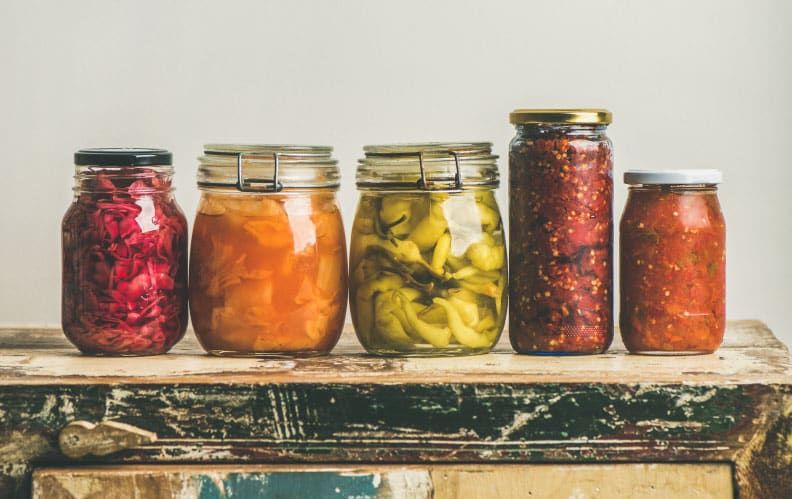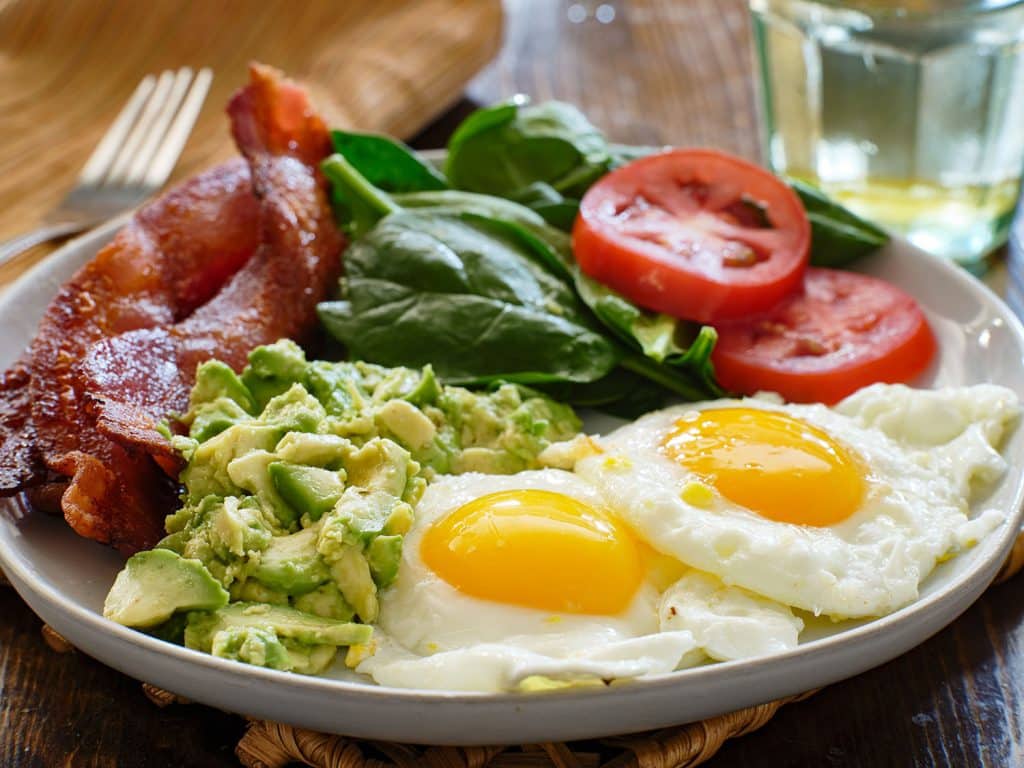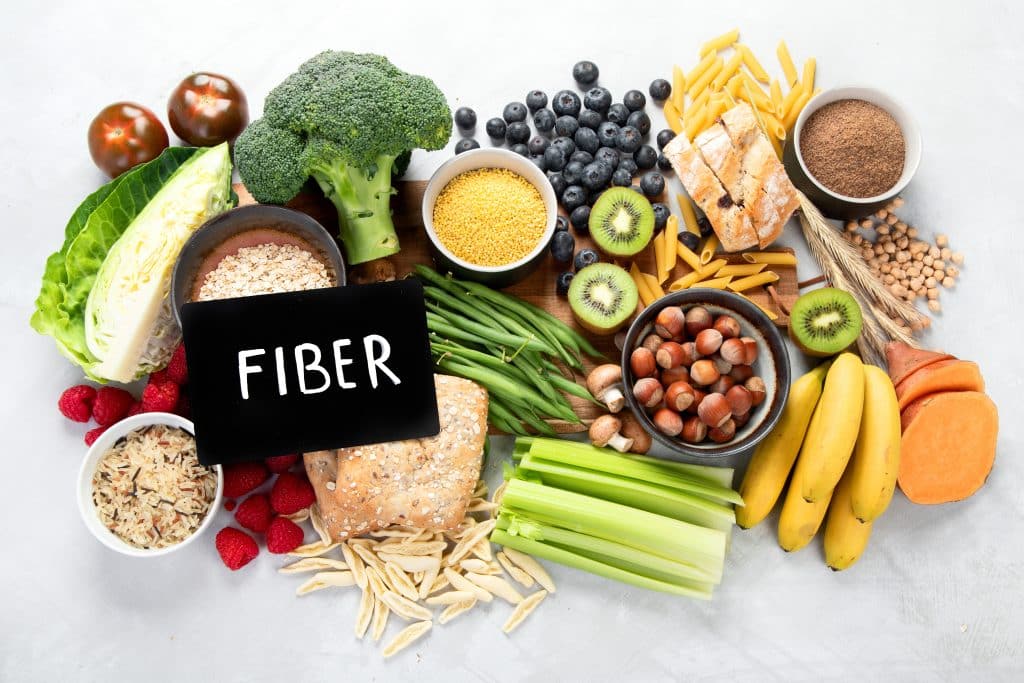By Melissa Fenton, RDN, LD, Senior Vice President Nutrition & Well-being, Attane Health
Each fall, as neighborhoods fill with pumpkins, cobwebs, and the laughter of trick-or-treaters, one color stands out among the orange and black: teal.
This simple color is the symbol of the Teal Pumpkin Project, an initiative by Food Allergy Research & Education (FARE) that Attane Health proudly supports. The concept is simple but powerful: offer non-food or allergen-free treats so that every child can safely join in the Halloween fun.
This movement isn’t just a kind gesture; it’s essential.
Why Inclusion Matters
Consider the numbers. About 33 million Americans live with food allergies, including nearly one in 13 children. That means in almost every classroom, at least two students may not be able to enjoy traditional candy. For these kids, a teal pumpkin on a porch isn’t just a decoration—it’s a sign of safety and belonging. It means the difference between feeling left out and feeling seen.
This challenge, of course, isn’t limited to childhood. More than 27 million adults—nearly 11 percent of the U.S. population—also live with at least one food allergy. These numbers continue to grow, highlighting a clear need for greater awareness.
The message of the Teal Pumpkin Project extends far beyond Halloween. It’s about rethinking what inclusion truly means at our tables and in our communities. Something as simple as offering applesauce cups, stickers, or small toys instead of candy creates a moment of joy for everyone and helps us all “eat our way to better health” together.
From Halloween to the Holidays
As fall gives way to the season of Thanksgiving, Christmas, Hanukkah, and Kwanzaa, this principle of inclusivity becomes even more important. These holidays revolve around food, but for those with allergies or dietary restrictions, they can bring anxiety instead of joy.
Creating an inclusive table doesn’t require grand gestures, just thoughtfulness.
- Ask in advance: Simply asking guests about allergies or restrictions when you invite them.
- Adapt your menu: Serving sauces on the side, labeling dishes, or adding one clearly allergen-free option can make everyone feel welcome.
It’s important to remember it’s not always about allergies. Culture, health conditions, or personal choices also shape what people eat. By making space for these differences, we turn shared meals into moments of genuine connection.
Food Should Unite, Not Divide
The writer and chef James Beard once said, “Food is our common ground, a universal experience.” Sharing a meal is one of the oldest and most meaningful ways we show we care.
When we think ahead—whether by setting out a teal pumpkin or offering a gluten-free side dish—we create traditions that everyone can savor. Inclusive eating isn’t just about what’s on the plate; it’s about ensuring everyone gathered around it feels like they belong.
This holiday season and beyond, Attane Health invites families to remember that food should unite us. When everyone has a safe and welcoming place at the table, everyone feels at home.
https://www.foodallergy.org/resources/get-your-teal-pumpkin-project-printables


